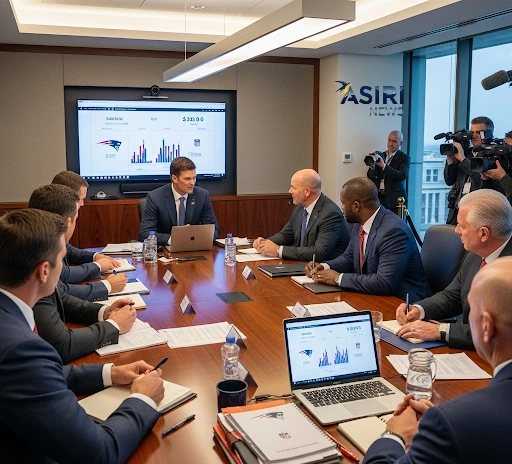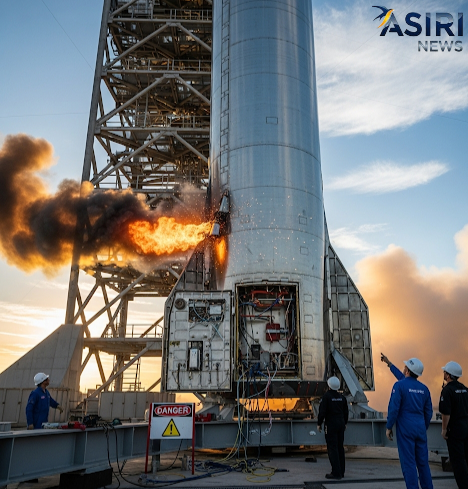In a significant policy shift, the NFL has lifted a major restriction on Tom Brady, clearing the path for the future Hall of Famer to fully participate in team production meetings. The decision, which marks a new chapter in how the league manages the increasingly complex relationship between media and ownership, will allow Brady, a Fox Sports lead analyst and minority owner of the Las Vegas Raiders, to prepare for his broadcasting role more effectively. The move, however, maintains certain boundaries to preserve competitive fairness.
Previously, the “Brady Rules,” as they were colloquially known, barred Brady from joining production meetings with teams during his first season as a broadcaster in 2024. This restriction was put in place by the league to prevent any potential conflict of interest, given his 5% ownership stake in a competing team. While Brady could still attend certain meetings during the Super Bowl, his access for regular season games was severely limited. This forced him to rely on his broadcast partners to relay key information, a challenge for an analyst known for his meticulous preparation and deep understanding of the game.

The league’s new ruling allows Brady to participate in these crucial meetings, as long as they are conducted virtually or via Zoom, a standard practice for many broadcast crews. The NFL’s executive vice president of media distribution, Hans Schroeder, stated that the change was a “natural step forward” to help Brady prepare for his job. This adjustment is a win for both Brady and the audience, as it is expected to provide fans with richer, more detailed analysis and insider observations that are rarely available to broadcasters.
However, the ban is not entirely lifted. To ensure competitive integrity, Brady is still prohibited from attending team practices or entering a team’s training complex. The NFL has made it clear that while it is becoming more flexible, the line between ownership and media remains a vital one to maintain. For Brady, this balance will be under close scrutiny as he navigates his dual roles. His ability to remain impartial while having a vested interest in a competing team could set a new precedent for how retired athletes with ownership stakes transition into media roles.



